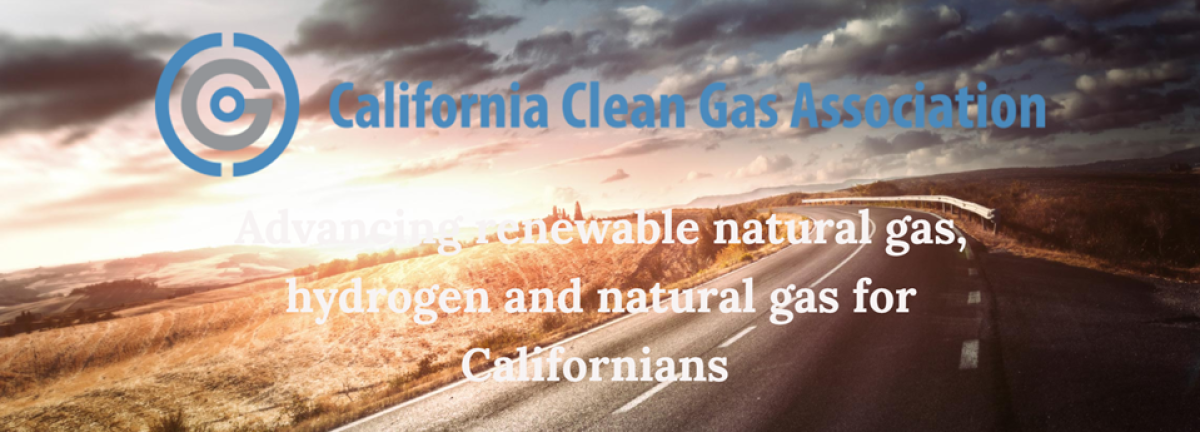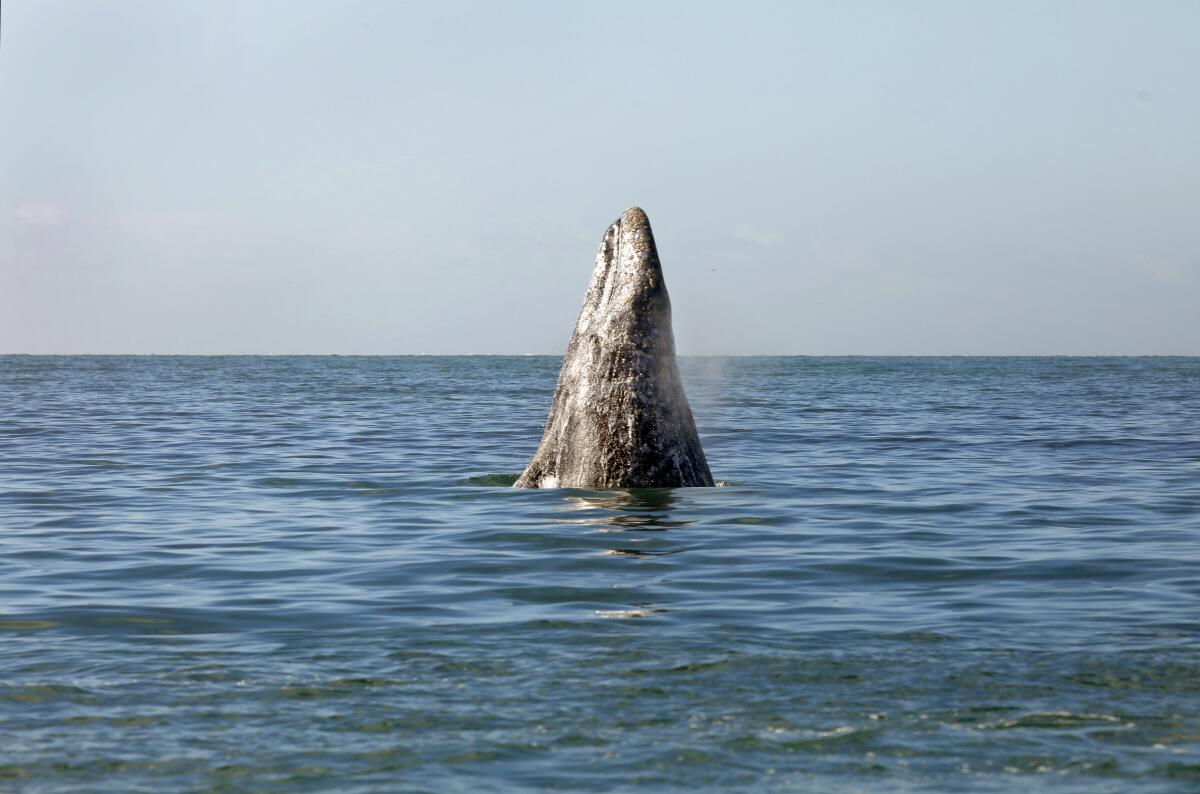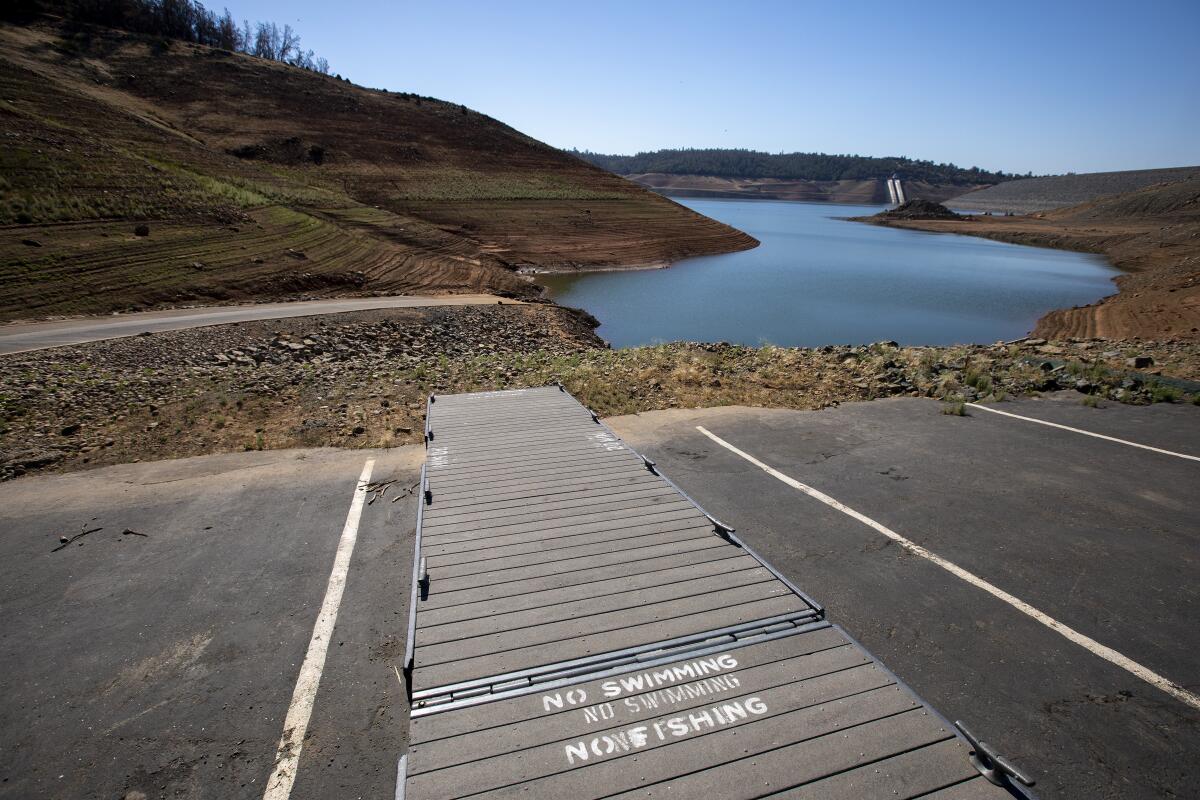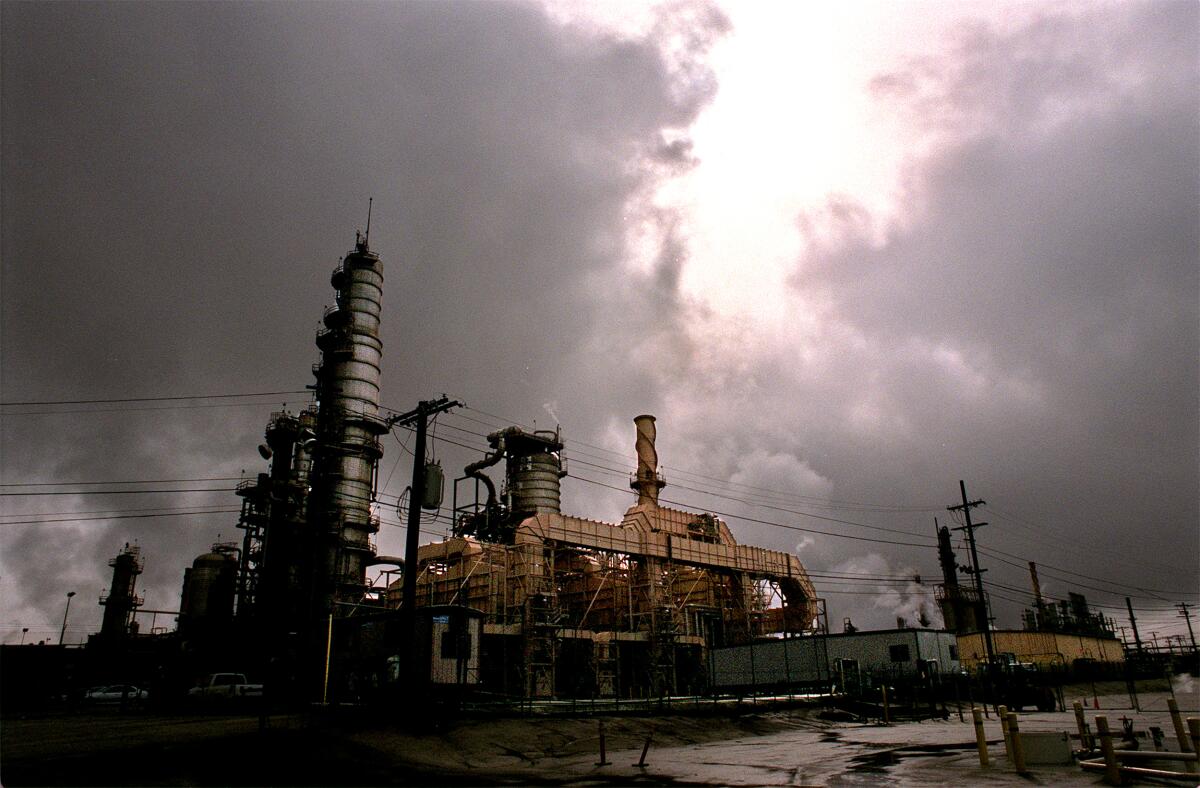Newsletter: This San Diego energy company is doubling down on fossil fuels
- Share via
This is the Aug. 12, 2021, edition of Boiling Point, a weekly newsletter about climate change and the environment in California and the American West. Sign up here to get it in your inbox.
It’s one of those weeks when everyone is talking about climate change, not just those of us who already devote too much time to thinking and stressing about it. A global consortium of climate scientists released their latest authoritative dispatch on the roasting of the planet, and it got so much attention that even my 7-year-old nephew was sketching the implications.
The new report from the Intergovernmental Panel on Climate Change offered a dramatic reminder of the need to slash use of fossil fuels — not just by 2050, when many corporations and governments have pledged to zero out their heat-trapping emissions, but in the next few years, as I reported for The Times along with my colleagues Russ Mitchell and Sam Dean.
“You can’t get to those kinds of ambitious emissions targets without getting to work now,” Kim Cobb, a climate scientist at Georgia Institute of Technology and a lead author of the IPCC report, told me. “There’s a mountain of change between where we are here and where we would need to be.”
A great deal of that change could involve California fossil fuel companies — including some that are working with a high-powered lobbyist to launch a new advocacy group that will promote natural gas, as I learned this week.
It’s an effort that involves an influential trade organization — lest anyone forget, the Golden State is the nation’s seventh-largest oil producer — as well as a fossil fuel leviathan right here in Southern California: Sempra Energy.
The San Diego company operates the nation’s largest natural gas utility, Southern California Gas Co., as well as fellow utility San Diego Gas & Electric. Sempra is the majority owner of a liquefied natural gas export terminal in Louisiana that sends fossil fuel overseas, and it’s got plans to build more gas export facilities on the Gulf and Pacific coasts, including some in Mexico.
The company was formed in 1998 by the merger of Pacific Enterprises and Enova Corp. and chose a name derived from the Latin word “semper,” meaning, “always.” (My editor Nancy Rivera Brooks — who covered energy for The Times back then — says she was told that top executives were former military and wanted to give a nod to the Marines Corps’ motto, “semper fidelis,” meaning “always faithful.”) Today, Sempra says it’s goal is to be “North America’s premier energy infrastructure company.”
I’ve written a lot about Sempra, in part because it’s so big — it reported $1.4 billion in adjusted earnings over the first half of 2021, per the San Diego Union-Tribune’s Rob Nikolewski — and in part because the Fortune 500 company and its allies are fighting hard to stave off government policies that would eliminate or otherwise discourage the burning of natural gas.
Sempra’s SoCalGas subsidiary is suing California, claiming the state has failed to promote natural gas as required by law. A consumer watchdog agency recommended that SoCalGas be fined $255 million for trying to block energy efficiency rules and local gas bans, although the company said it did nothing wrong and state officials rejected the fine. The head of a union of gas company employees tried to block a city’s proposed gas ban last year by threatening a protest “potentially adding to this pandemic.”
I also wrote about Sempra’s membership in a group called Western States and Tribal Nations, which promotes gas exports. Sempra says the fuel can help developing countries phase out even-dirtier coal, although the Natural Resources Defense Council estimates the overall climate footprint of U.S. liquefied natural gas is “only modestly smaller than that of other fossil fuels.”
“The company is just very much wedded to natural gas being part of reducing emissions,” said Daniel Stewart, a program manager at As You Sow, a nonprofit that works with corporate shareholders to advocate for stronger climate action. “From investors’ side, there’s just an increasing level of skepticism about what sort of role natural gas can play.”
Indeed, Sempra argues that its pipelines and other investments can play a critical role in confronting the climate crisis.
The firm summed up its case in the Sustainable Financing Framework it released last week, describing plans for funding “clean transportation, climate change adaptation, energy efficiency, clean energy solutions, green buildings, pollution prevention and control, and socio-economic advancement and empowerment.” The framework highlights Sempra’s sustainability goals, including:
- Achieve net-zero greenhouse gas emissions companywide by 2050;
- Ensure 20% of the fuel delivered by SoCalGas comes from renewable sources by 2030;
- Reduce “fugitive emissions” of methane (such as pipeline leaks) 40% by 2030.
Those steps could help lessen the impacts of worsening heat waves, fires and droughts. Scientists say the world needs to achieve net-zero emissions by midcentury, and they’ve emphasized that slashing methane is an especially good way to keep temperatures down because it traps heat far more powerfully than carbon dioxide. Environmentalists have expressed serious concerns about renewable gas, but the fuel has at least some potential to draw down climate pollution in the short term.

Sempra also touts its growing investments in hydrogen, which is largely derived from natural gas today but could be produced en masse with renewable energy if costs come down. And as for solar and wind power, the company says natural gas plants can support their growth by providing a backup power source, firing up when the sun isn’t shining and the wind isn’t blowing.
“Mitigating the growing effects of climate change while balancing the demand for affordable and reliable energy from our 36 million consumers is central to our commitment to a net-zero future,” the company told me in an emailed statement. “At Sempra, we believe that natural gas infrastructure is key to reducing emissions today and decarbonizing the markets we serve.”
Even in California, it’s clear that Sempra continues to see a significant role for fossil natural gas.
Just look at the draft website of a newly formed nonprofit called the California Clean Gas Assn., which is backed by SoCalGas, Chevron and the Western States Petroleum Assn. and is seeking members, according to a recruitment email sent last week by Sacramento consulting firm Capitol Public Affairs, a copy of which was shared with me by a source. The draft website describes the trade group’s purpose as “advancing renewable natural gas, hydrogen and natural gas for Californians.”
Here’s a screenshot, in case the website gets password protected after this story publishes:

The email says SoCalGas President Maryam Brown and well-connected Chevron lobbyist Henry Perea — a former state assemblymember — are looking to bring together “a diverse group of business leaders, labor, community organizations and ethnic groups to help reduce carbon dioxide emissions in the state through an ‘all of the above’ energy strategy.”
The group caught my attention in part because a few years ago, the consumer watchdog arm of the California Public Utilities Commission unearthed evidence that SoCalGas had used ratepayer funds to help create another pro-gas advocacy group called Californians for Balanced Energy Solutions, or C4BES. That was a big deal because as a state-sanctioned monopoly, SoCalGas can only spend customer money on programs that benefit customers. The utility ultimately agreed to bill shareholders for C4BES.
Given that history, I asked the company about its funding plans for this latest group. Spokesperson Christine Detz told me only shareholder dollars will be used. She said the group is meant to drive “collaboration and coordination across all sectors.”
“What is flowing through our pipes will be different in 2045 than it is today,” Detz said in an email. “The approach of using existing utility infrastructure as the most cost-effective way to distribute renewable gas and hydrogen is gaining widespread acceptance, and these clean gases will be one of many tools needed to achieve decarbonization.”
SoCalGas is an iconic company in Los Angeles, with a history that dates back to 1867. It now faces an uncertain future. Forty-nine cities and counties across California have banned or discouraged natural gas hookups in new housing, following the advice of clean energy experts and activists who say all-electric heating and cooking — powered by solar and wind — is the best way to quickly ramp down climate pollution. Four L.A. City Council members told me earlier this year they’d support such a policy.
Another uncertainty: SoCalGas’s “franchise agreement” with Los Angeles, which allows the company to sell natural gas in the city, expired nearly a decade ago. There have been a series of short-term extensions since then. City officials are working on a proposal for a new long-term agreement, with a spokesperson for Mayor Eric Garcetti telling me they plan to push for climate priorities.

The new franchise agreement hasn’t gotten much attention yet, but I imagine it will when a proposal is released publicly and sent to City Council for approval. Just look at San Diego, where climate activists were frustrated earlier this year when elected officials approved a franchise agreement with Sempra subsidiary SDG&E that critics said was too favorable to the company.
I suspect almost any deal negotiated with SoCalGas will face similar skepticism from activists here — especially after the record-breaking Aliso Canyon gas leak that sickened residents of L.A.’s Porter Ranch neighborhood several years ago, and concerns that have been raised over the potential for a similar leak at the gas company’s Playa del Rey storage field on the Westside.
Whatever deal the city might reach, it’s clear Sempra isn’t going away. The company recently agreed to sell a 20% stake in its newly formed infrastructure subsidiary to investment firm KKR for $3.37 billion. Dan Brouillette, who served as energy secretary in the Trump administration, was just hired to lead the subsidiary. Sempra paid $9.45 billion a few years ago to buy Oncor, the biggest electric utility in Texas, and more recently spent $80 million acquiring full ownership of a Baja California wind farm.
The advocacy group As You Sow worked with Sempra investors to force a shareholder vote earlier this year on a resolution calling for the company to disclose how its lobbying activities do — or don’t — align with the Paris climate agreement. The resolution didn’t pass, but it did earn 37% support, which Stewart considered a win, considering Sempra’s board recommended a “no” vote.
“Rather than lobbying to maintain a business-as-usual business model, which at its core is fossil fuels, we want to see: How are you actually going to evolve and advance within a disruptive clean energy transition?” Stewart asked.
That’s the question facing not just Sempra, but every major fossil fuel firm. And it’s worth a lot more than $64,000.
Here’s what else is happening around the West:
TOP STORIES

Hundreds of gray whales have been found dead along North America’s western coast since late 2018, and scientists are scrambling to figure out what’s going on. My colleagues Susanne Rust and Carolyn Cole spent the last two years reporting on this phenomenon, including the possible role of climate change, and they’ve done a masterful job with the storytelling. Here’s the main piece, featuring incisive writing by Susanne and stunning photos and videos by Carolyn, and here’s a behind-the-scenes look at how they did the reporting during the pandemic. They also put together a separate piece on the role of cargo ships in whale deaths, and a Gray Whales 101 primer. (Did you know gray whales weigh 90,000 pounds, more than a fully loaded semi truck?!)
Yes, the new climate report is very bad — but not so bad that taking action is pointless. My colleague Anna M. Phillips has all the details on the latest science, including that the world is likely to surpass 1.5 degrees Celsius of warming almost no matter what we do. But there’s still time to stave off worse. There might have been more time if not for decades of climate denial by companies including Exxon Mobil, a history that web comic xkcd cleverly highlights this week. And our national failure to combat COVID-19 is not exactly a hopeful sign for climate action, Times columnist Nicholas Goldberg writes. But we’ve got no choice but to try.
The Dixie fire is now the second-largest in California’s recorded history, at over half a million acres. It continues to grow and has destroyed more than 550 homes — including much of the Gold Rush-era town of Greenville, where one resident had this to say about climate change to my colleague Brittny Mejia: “Everybody who didn’t believe it in Greenville is now a climate refugee.” Some residents refused to evacuate, in some cases meeting law enforcement with guns in hand. We already knew that Pacific Gas & Electric equipment may have started the fire; now The Times’ Alex Wigglesworth reports that PG&E was planning to bury the power line in question, but hadn’t yet. The company is facing multiple criminal investigations over its role in igniting fires.
Want some tips on preparing for wildfires, and what to do if you’re forced to evacuate? Here’s a thorough rundown from Madalyn Amato. This isn’t relevant only to Californians, or residents of the Western U.S.; Canada’s northern forests are on fire too, fueling a vicious climate cycle by releasing huge amounts of carbon into the atmosphere, Times columnist Doyle McManus writes.
WATER IN THE WEST

It finally happened: Officials were forced to shut down the hydropower plant at Lake Oroville, California’s second-largest reservoir, because of low water levels for the first time ever. Here’s the story from my colleague Matt Hamilton, which serves as a reminder that climate-fueled drought can make us even more reliant on the fossil fuels that cause climate change — a giant headache to say the least. If you want to help California adjust to a future of ever-scarcer water supplies, Jessica Roy has some tips.
Long-lost canyons are reemerging as Lake Powell dwindles, revealing sublime landscapes behind Glen Canyon Dam that were once considered more spectacular than the Grand Canyon. The New Yorker’s Elizabeth Kolbert describes what it’s like to visit these newly uncovered treasures and asks whether it makes sense to keep trapping water in the nation’s second-largest reservoir. Downstream, the Arizona Republic’s Debra Utacia Krol writes that a hydropower developer has withdrawn two proposals to dam the Little Colorado River and a side canyon, although a third proposed “pumped storage” project is still on the table.
The drip-drip of information emerging about L.A.’s biggest sewage treatment plant keeps getting worse. The Times’ Robert J. Lopez reports that equipment damaged during widespread, unexplained flooding last month has limited the region’s water recycling capacity, prompting the use of drinking water to irrigate parks, cemeteries and golf courses that otherwise would have been sent recycled water. Robert notes that the series of events raises questions about whether the Hyperion treatment plant “will be able to handle deluges resulting from heavy downpours, which are expected to increase as climate change continues.”
POLITICAL CLIMATE
There’s all sorts of climate-related stuff in the bipartisan infrastructure bill that cleared the Senate this week, even if it’s only a small fraction of what scientists say will ultimately be needed. Jennifer Haberkorn from our D.C. bureau reports that the bill includes $66 billion for passenger rail, $39 billion for public transit, $55 billion for clean drinking water, $3.3 billion for fire risk reduction and $8.3 billion for various Western water initiatives, including money for recycling and groundwater storage.
President Biden’s new climate pollution rules for cars are less stringent than what President Obama proposed in 2011, at least in the short term. The Times’ Anna M. Phillips reports that major U.S. automakers agreed to target as high as 50% electric vehicle sales by 2030, which would be more aggressive than the new rules, but that’s voluntary. Bloomberg’s Ari Natter and Keith Laing note that these same companies once struck a big climate agreement with Obama before asking President Trump to trash it.
Scientists and conservationists want to transfer management of California’s Sierra National Forest to the National Park Service and rechristen it Range of Light National Monument. Supporters say the proposal would end commercial logging, protect giant sequoias and connect Yosemite with Kings Canyon National Park, giving animals more room to roam as the planet heats up, Kurt Repanshek writes for National Geographic. It might also help to relieve crowding at packed national parks.
Record heat. Raging fires. What are the solutions?
Get Boiling Point, our newsletter about climate change, the environment and building a more sustainable California.
You may occasionally receive promotional content from the Los Angeles Times.
THE ENERGY TRANSITION
Hundreds of union workers are building an enormous solar farm in California’s San Joaquin Valley, in a sign of what the clean energy future could look like. But while President Biden talks about wanting to create high-wage, climate-friendly jobs, there’s no guarantee they’ll all pay as well as the ones I saw at Westlands Solar Park. Here’s my story with Chris Megerian.
California continues to spend hundreds of millions of dollars building hydrogen fueling stations even though its 17-year-old “hydrogen highway” dream — a favorite of then-Gov. Arnold Schwarzenegger — has resulted in just a few thousand fuel cell cars on the road. Here’s the story from The Times’ Evan Halper, part of our “United States of California” series. State officials and hydrogen supporters say most new technologies have a long lead time, and hydrogen cars are in a similar spot now to where electric vehicles were a decade ago. We’ll have to wait and see. For now, you can watch Evan drive a hydrogen car.
ONE MORE THING

Let’s conclude by returning to this week’s theme of California fossil fuel companies. An equipment malfunction at Chevron’s El Segundo refinery resulted in flaring on Sunday night, sending up flames and plumes of dark smoke that could be seen for miles, my colleague Donovan X. Ramsey reports. Two days later, something similar happened at Chevron’s Bay Area refinery.
My brother, who lives near the Bay Area facility, sent me a photo of the ominous smoke cloud. This was one day after his son drew that climate change artwork I mentioned up top. The two events had nothing, and everything, to do with each other.
We’ll be back in your inbox next week. If you enjoyed this newsletter, please consider forwarding it to your friends and colleagues.
For the record: Last week’s newsletter incorrectly referred to the National Resources Conservation Service. The federal agency is actually called the Natural Resources Conservation Service.




